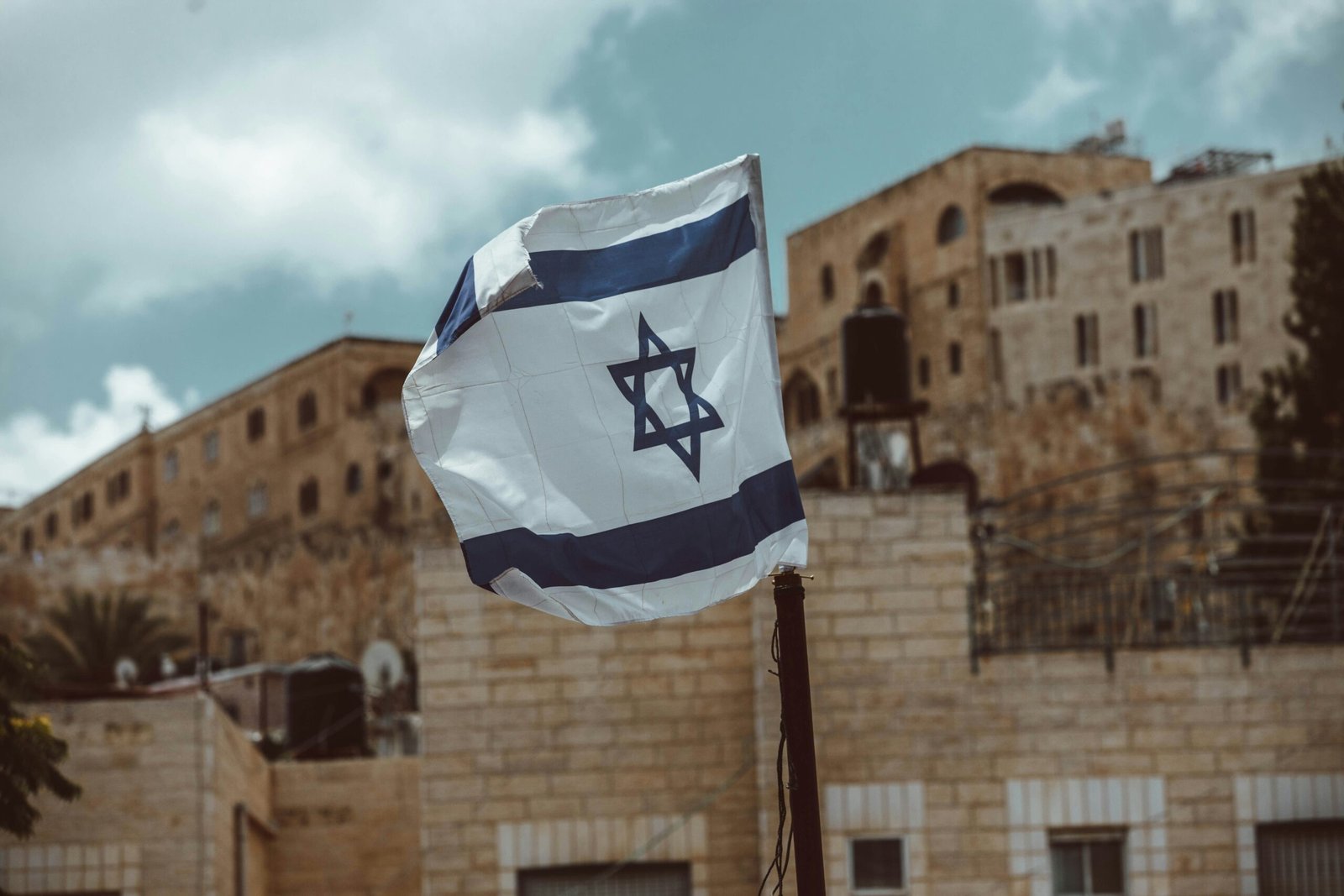Background and Context of the Ceasefire Efforts
The recent ceasefire negotiations between Israel and Hamas come on the heels of a prolonged period of escalating conflict. The timeline of this latest bout of violence began in early May, when tensions over proposed evictions in the Sheikh Jarrah neighborhood of East Jerusalem boiled over into widespread unrest. This unrest quickly escalated into a full-scale conflict, marked by the exchange of rocket fire from Gaza and retaliatory airstrikes by Israel.
Key incidents that exacerbated these tensions include the storming of the Al-Aqsa Mosque by Israeli forces, which drew widespread condemnation and served as a catalyst for Hamas to launch rockets towards Israeli cities. This, in turn, prompted a severe military response from Israel, targeting what it identified as militant infrastructure but resulting in significant civilian casualties and widespread destruction in Gaza.
The humanitarian impact on civilians in Gaza has been devastating. According to reports from various humanitarian organizations, hundreds of civilians have been killed, thousands injured, and tens of thousands displaced. Critical infrastructure, including hospitals, schools, and residential buildings, has been severely damaged, exacerbating an already dire humanitarian situation.
International actors, particularly the United States, have played a crucial role in mediating ceasefire efforts. The U.S. has historically been an ally of Israel, but it has also recognized the need for a sustainable peace in the region. Recent diplomatic efforts have involved high-level talks aimed at de-escalating the conflict and establishing a framework for a ceasefire. Despite these efforts, previously agreed ceasefire terms have often been short-lived, primarily due to mutual distrust and the failure to address underlying issues such as blockades, military occupation, and political recognition.
The political and strategic motivations for both Israel and Hamas in either supporting or opposing the ceasefire are complex. For Israel, the primary objective is to neutralize what it perceives as a security threat posed by Hamas, while also maintaining its strategic and political dominance in the region. On the other hand, Hamas seeks to assert its political legitimacy and resistance against Israeli occupation, gaining both local and international support. These divergent motivations have made the ceasefire negotiations particularly challenging, as each side seeks to leverage the situation to its advantage.
Hamas’ Proposed Changes and US Response
Hamas has recently put forward a series of modifications to the initial ceasefire plan, signaling a strategic shift in their approach to negotiations. These proposed changes include demands for more substantial humanitarian aid, the lifting of blockades, and assurances for the protection of civilians in Gaza. Hamas is also seeking guarantees for the reconstruction of infrastructure damaged during the conflict, as well as a more defined framework for political engagement and dialogue moving forward.
These demands represent a significant departure from the initial ceasefire proposals, which were primarily centered around an immediate cessation of hostilities without detailed stipulations on post-ceasefire actions. The insistence on these specific guarantees by Hamas underscores their priority on ensuring long-term stability and addressing the humanitarian crisis in Gaza, rather than merely achieving a temporary halt in violence.
The United States’ response to these proposed changes has been cautiously measured. US officials have indicated a willingness to consider these modifications, acknowledging the necessity of addressing humanitarian concerns. However, they have also stressed the importance of maintaining security and stability in the region, which includes ensuring that any concessions do not inadvertently strengthen Hamas’ military capabilities. Statements from US representatives have highlighted a balanced approach, seeking to accommodate humanitarian needs while ensuring that measures are in place to prevent further escalation.
The introduction of these changes by Hamas has added a new layer of complexity to the ceasefire negotiations. The potential acceptance of these demands could pave the way for a more comprehensive and sustainable peace agreement, but it also risks elongating the negotiation process. The US response, thus far, reflects a careful consideration of both immediate humanitarian needs and long-term security implications.
Other stakeholders, including Israel, Egypt, and the broader international community, are closely monitoring these developments. Israel, in particular, may have reservations about the inclusions of certain guarantees, especially those that could be perceived as compromising its security. Egypt, often a mediator in such conflicts, may see this as an opportunity to reinforce its diplomatic influence in the region. The broader international community, meanwhile, is likely to support efforts that lead to a durable peace but will also be wary of the potential for renewed conflict.
The acceptance or rejection of Hamas’ proposed changes will undoubtedly have far-reaching implications for peace and stability in the region. If accepted, these changes could lead to a more holistic approach to addressing the root causes of the conflict. Conversely, if rejected, the risk of prolonged hostilities remains, potentially exacerbating the humanitarian situation in Gaza and further destabilizing the region.
